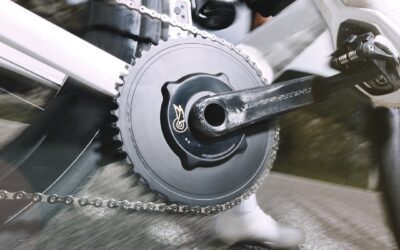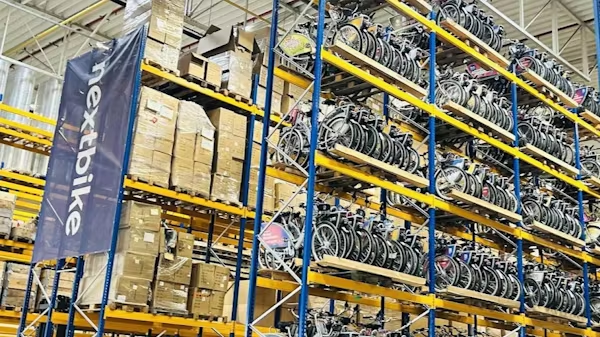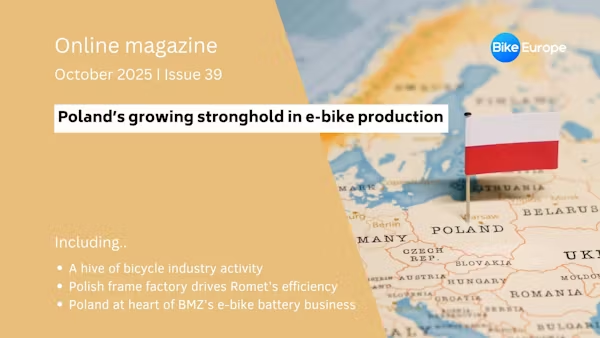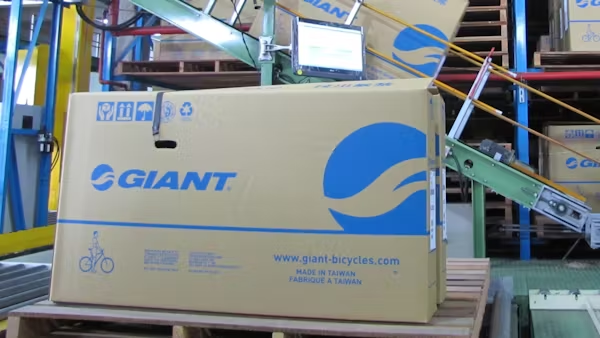Speed Pedelecs Get a Pass: EU Regulations and the E-Bike Sector
In a surprising turn of events, speed pedelecs have been excluded from the latest European Union regulations intended to promote sustainability in the automotive sector. This decision, reached in Brussels, signals a positive shift for the e-bike industry, marking a significant step toward a more coherent regulatory framework for electric bicycles.
The Significance of the New Regulations
The EU’s new push for sustainability has largely focused on reducing carbon emissions in the automotive sector. This initiative, while commendable, raised concerns within the cycling community—particularly regarding speed pedelecs, which are categorized differently from traditional bicycles. Speed pedelecs, which can reach speeds of up to 28 mph, were initially at risk of being subjected to the same stringent regulations applied to larger vehicles. Fortunately, the last-minute exclusion has alleviated some of the apprehensions from manufacturers and riders alike, promoting a healthier relationship between sustainability goals and biking innovation.
Industry Reactions: What This Means for E-Bikes
The industry’s response has been overwhelmingly positive. As CONEBI, the industry confederation, highlighted in their statement, this decision is a critical endorsement of speed pedelecs within the e-bike sector. Companies are now positioned to innovate and expand their product lines without the fear of heavy regulations that could stifle growth. This newfound freedom can lead to exciting advancements in cycling technology, further encouraging people to adopt biking as a sustainable form of transportation.
Moreover, the decision reinforces the EU’s recognition of cycling as a viable and environmentally friendly alternative to traditional automotive transportation. As urban areas continue to grapple with congestion and pollution, the significance of promoting cycling cannot be overstated.
A Bright Future for E-Bikes and Sustainability
Looking ahead, this regulatory change could pave the way for increased investment in the e-bike market. As manufacturers concentrate on enhancing the technology behind speed pedelecs, consumers can anticipate a surge in quality and innovation. Additionally, cities might be encouraged to improve infrastructure for cyclists, leading to safer and more accessible environments for riding.
From a personal standpoint, this decision signals a growing acceptance of bicycles, especially speed pedelecs, as a legitimate mode of transportation. Riders will likely feel more confident in their choice to use e-bikes for commuting, knowing that there is a supportive regulatory framework behind them.
Conclusion: A Win for Cyclists
Overall, the exclusion of speed pedelecs from the new EU regulations is a fantastic development for the cycling community. With the emphasis now on sustainable practices and innovative technologies, the future looks promising for both cyclists and e-bike manufacturers. As bike enthusiasts, we should embrace this change—advocating for better infrastructure and continued industry growth. Riding a speed pedelec not only offers a thrilling biking experience but now stands as a testament to the rapidly advancing world of sustainable commuting. So gear up, pedal forward, and enjoy the ride!
Original article: Click here











